Mariana Trench (Mariana Trench) Mariana Trench
The Mariana Trench, or the Mariana Trough, is an oceanic depression in the west of the Pacific Ocean, which is the deepest known geographic object on Earth. The depression extends along the Mariana Islands for 1500 km; It has a V-shaped profile, steep (7-9 °) slopes, a flat bottom with a width of 1-5 km, which is divided by thresholds into several closed depressions. At the bottom, the water pressure reaches 108.6 MPa, which is more than 1100 times the normal atmospheric pressure at the level of the World Ocean. The depression lies at the interface between two tectonic plates, in the zone of movement along faults, where the Pacific plate goes under the Philippine plate.
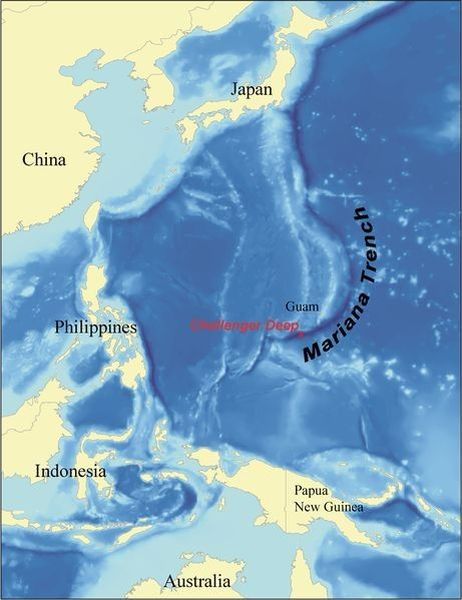
Studies of the Mariana Trench were laid by the English expedition of the Challenger vessel, which conducted the first systemic measurements of the depths of the Pacific Ocean. This military three-masted corvette with sailing equipment was rebuilt into an oceanographic vessel for hydrological, geological, chemical, biological and meteorological work in 1872. A significant contribution to the study of the Mariana deep-sea trench was made by Soviet researchers. In 1958, the expedition on the Vityaz established the existence of life at depths of more than 7000 m, thereby refuting the current idea of the impossibility of life at depths of more than 6000-7000 m. In 1960, the bathyscaphe "Trieste" was dived to the bottom Marian Trench to a depth of 10915 m.

Recording sounds of the device began to transmit to the surface of noise, reminiscent of gnashing of saw teeth for metal. At the same time, obscure shadows appeared on the television monitor, similar to giant fairy dragons. These creatures had several heads and tails. An hour later, scientists of the American research vessel Glomar Challenger were worried that the unique equipment made of beams of heavy-duty titanium-cobalt steel in the NASA laboratory, which has a spherical design, the so-called "hedgehog" with a diameter of about 9 m, can remain in the abyss forever. It was decided to raise it immediately. "Hedgehog" was extracted from the depths of more than eight hours. As soon as he appeared on the surface, he was immediately put on a special raft. The camera and the echo sounder were lifted onto the Glomar Challenger deck. It turned out that the strongest steel beams of the structure were deformed, and the steel 20-centimeter cable, on which it was lowered, was half-sawn. Who tried to leave the "hedgehog" in the depths and why - an absolute mystery. The details of this most interesting experiment, conducted by American oceanologists in the Mariana Trench, were published in 1996 in the newspaper The New York Times (USA).
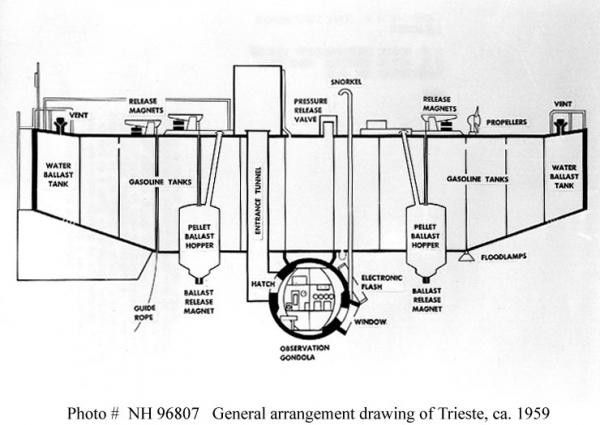
This is not the only case of a collision with the inexplicable in the depths of the Mariana Trench. Something similar happened to the German research apparatus "Haifish" with the crew on board. Once at a depth of 7 km, the device unexpectedly refused to surface. Finding the cause of the malfunction, the hydronauts turned on the infrared camera. What they saw in the next few seconds, it seemed to them a collective hallucination: a huge prehistoric lizard, biting his teeth in a bathyscaphe, tried to gnaw it like a nut. Recovered, the crew activated a device called an "electric gun". The monster, struck by a powerful discharge, disappeared into the abyss.
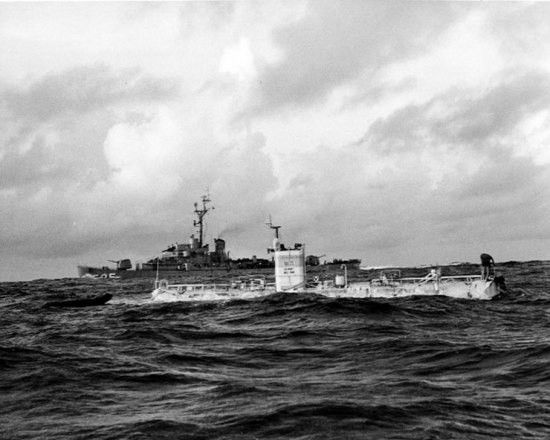
The inexplicable and incomprehensible has always attracted people, so scientists all over the world so want to answer the question: "What is hidden in its depths Mariana hollow?"

Can living organisms live at such a huge depth, and how should they look, given that they are pressured by huge masses of oceanic waters, whose pressure exceeds 1100 atmospheres? Complexities associated with the study and comprehension of beings living in these unimaginable depths are sufficient, but the ingenuity of man knows no boundaries. For a long time, oceanologists considered it a folly to hypothesize that at a depth of more than 6,000 m in impenetrable darkness, under monstrous pressure and at temperatures close to zero, life can exist. However, the results of studies of scientists in the Pacific showed that in these depths, well below the 6000-meter mark, there are huge colonies of living organisms, Pogonophora ((pogonophora, from the Greek pogon - beard and phoros-bearing), a type of marine invertebrate animals inhabiting In long chitinous, open at both ends tubes). Recently, a veil of mystery was revealed by manned and automatic, made of heavy-duty materials, underwater vehicles equipped with video cameras. As a result, a rich community of animals was discovered, consisting of both known and less familiar marine groups.
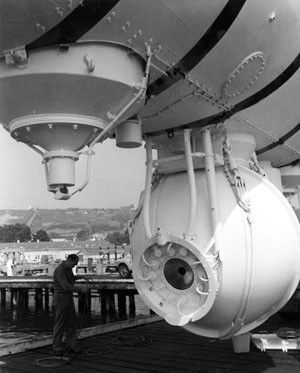
Thus, at depths of 6,000-11,000 km, there were found: - barophilic bacteria (developing only at high pressure), - from the simplest - foraminifera (a detachment of the simplest subclass of cornenoses with a cytoplasmic body wearing a shell) and xenophyophores (barophilic bacteria from protozoa); - multicellular - polychaete worms, isopods, amphipods, holothurians, bivalves and gastropods.

At depths there is no sunlight, there are no algae, salinity is constant, temperatures are low, abundance of carbon dioxide, huge hydrostatic pressure (increases by 1 atmosphere for every 10 meters). What do the inhabitants of the abyss feed on? Sources of food from deep-seated animals are bacteria, as well as rain of "corpses" and organic detritus coming from above; Deep animals or blind, or with very developed eyes, often telescopic; Many fish and cephalopods with photophore; In other forms the surface of the body or its areas is shone. Therefore, the appearance of these animals is as terrible and unbelievable as the conditions in which they live. Among them - an intimidating species of worms 1.5 meters long, without a mouth and anus, octopus mutants, unusual starfish and some soft-bodied creatures of two meters long, which have not been identified at all yet.
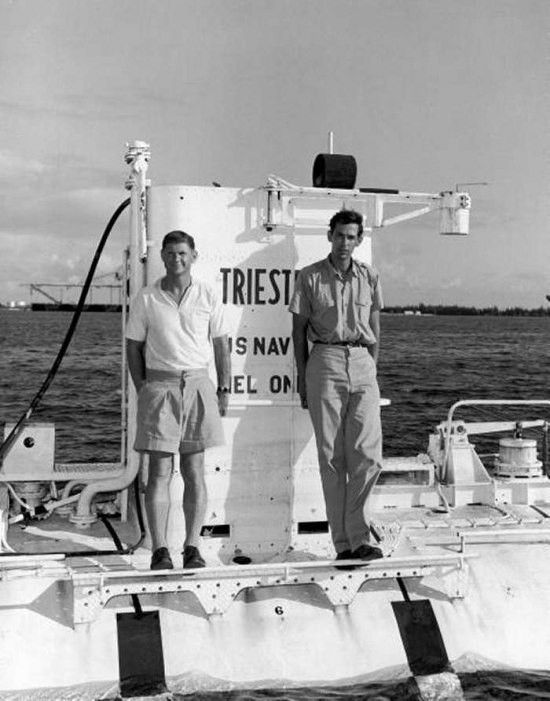
So, man could never resist the desire to explore the unknown, and the rapidly developing world of technological progress allows deeper penetration into the secret world of the most inhospitable and recalcitrant in the world environment - the World Ocean. Items for research in the Mariana Trench are enough for many more years, considering that the most inaccessible and mysterious point of our planet, unlike Everest (altitude above sea level of 8848 m), was conquered only once. So, on January 23, 1960, the US Navy officer Don Walsh and the Swiss researcher Jacques Picard, protected by armored, 12-centimeter thick, bathyscaphe walls called Trieste, managed to descend to a depth of 10,915 meters. Despite the fact that scientists have made a huge step in the exploration of the Mariana Trench, the issues have not diminished, there are new riddles that have yet to be solved. And the ocean abyss knows how to keep its secrets. Will people be able to disclose them in the near future?
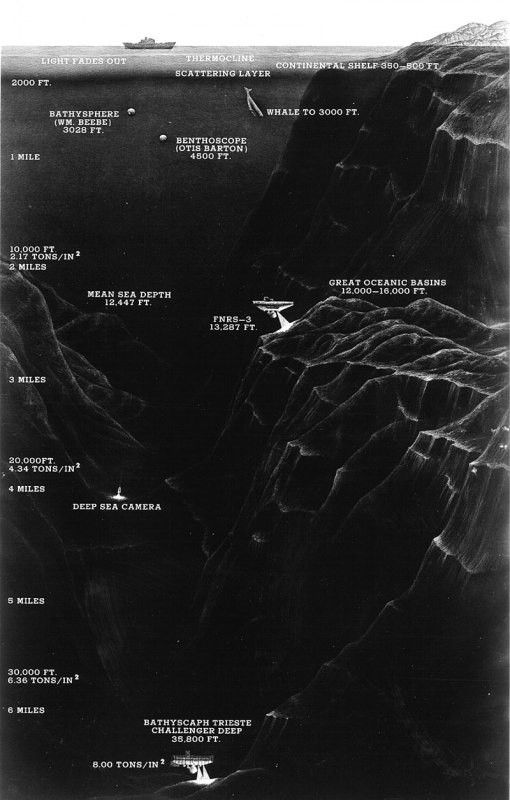

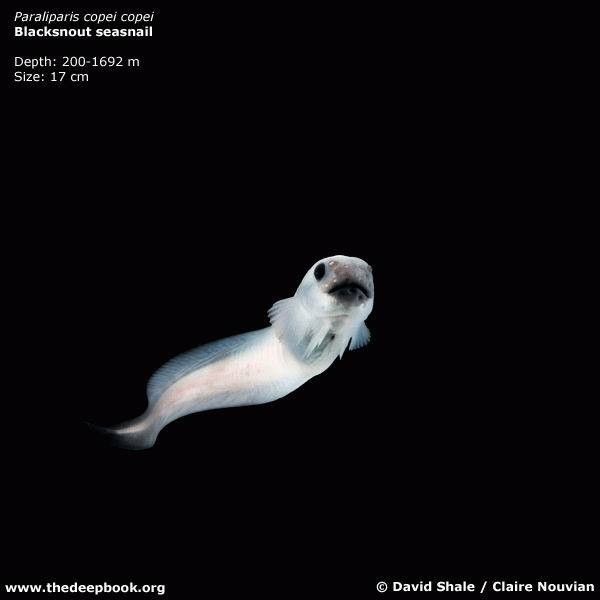
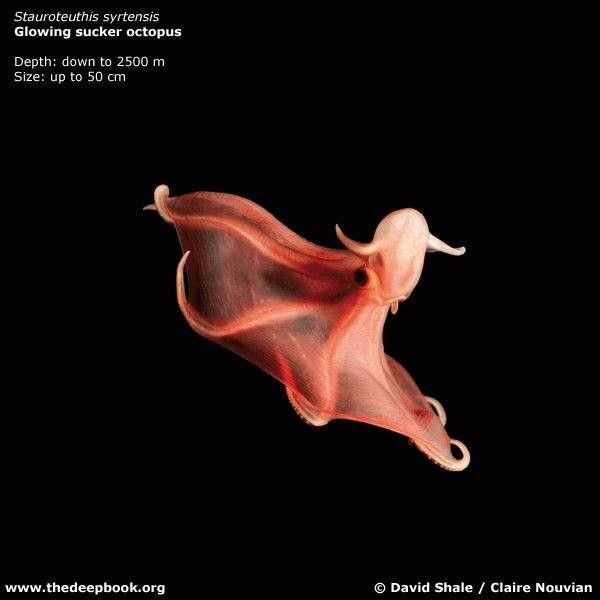


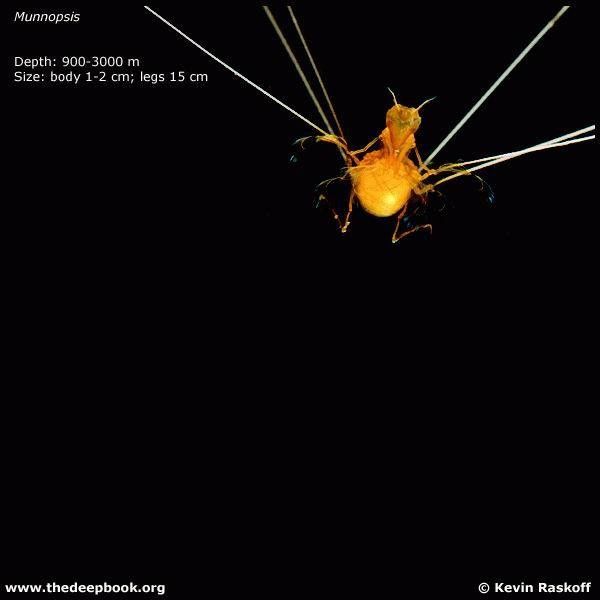
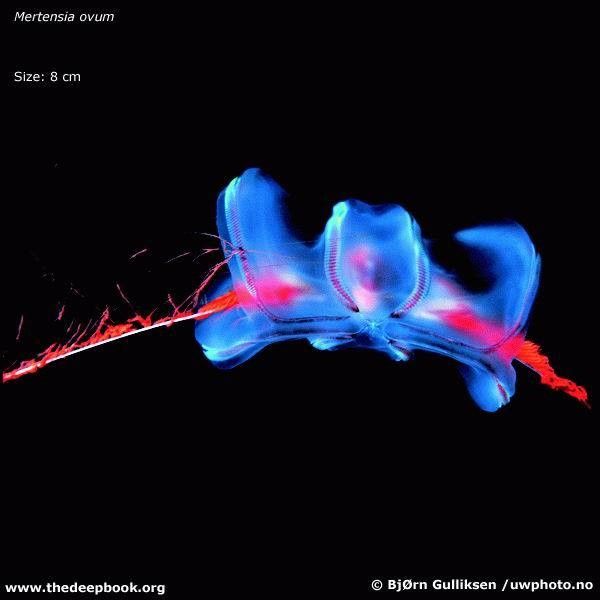
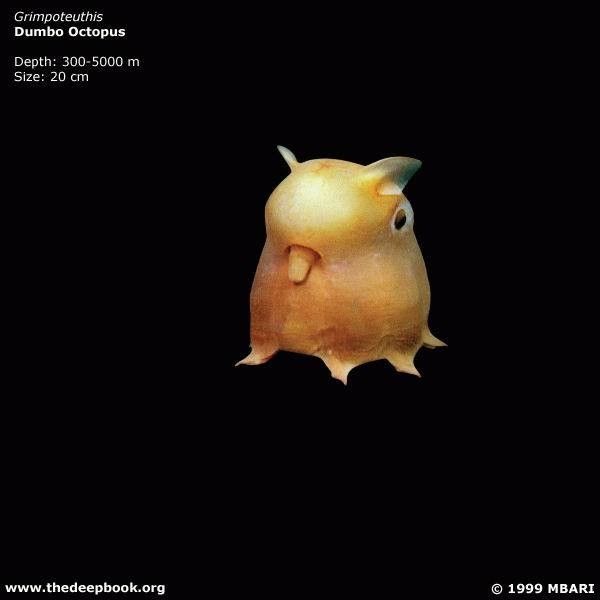
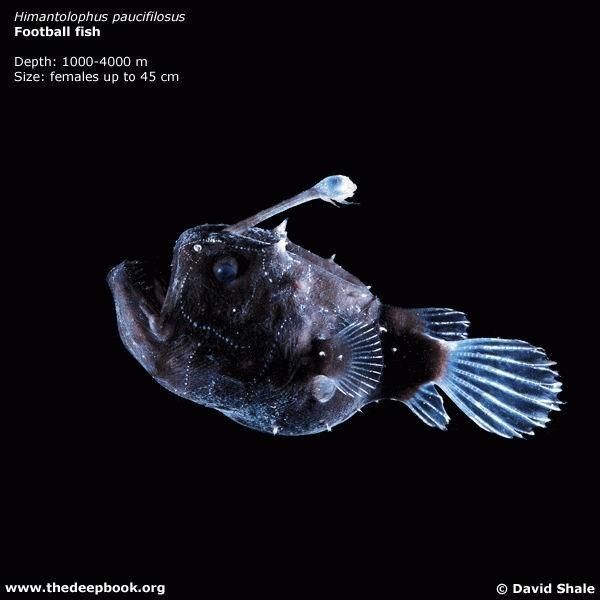
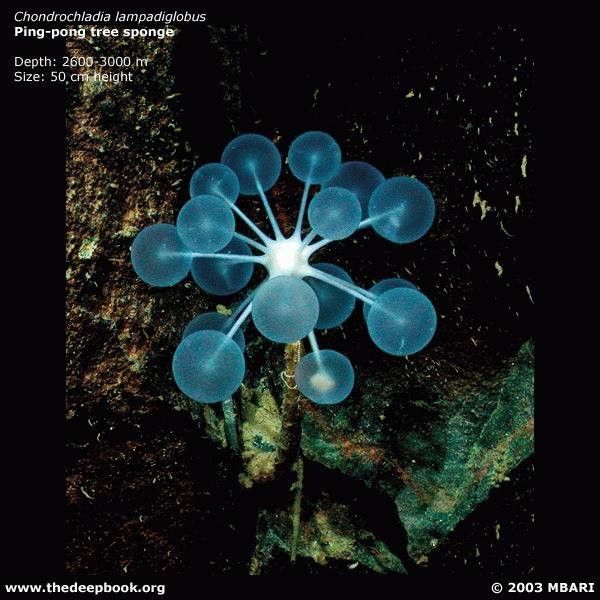
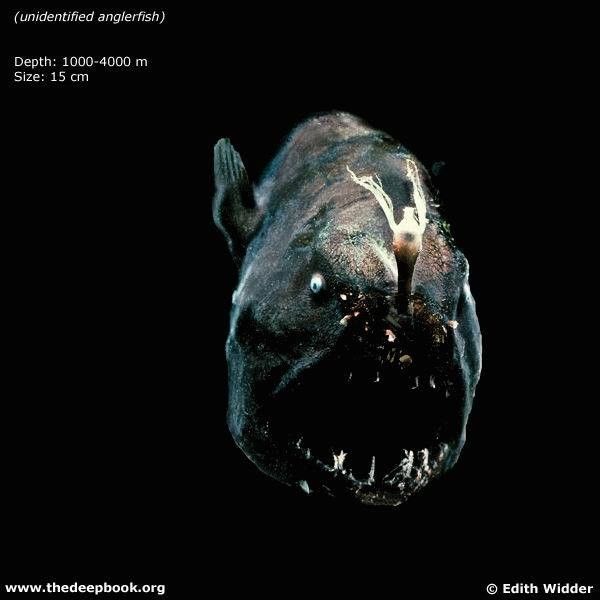
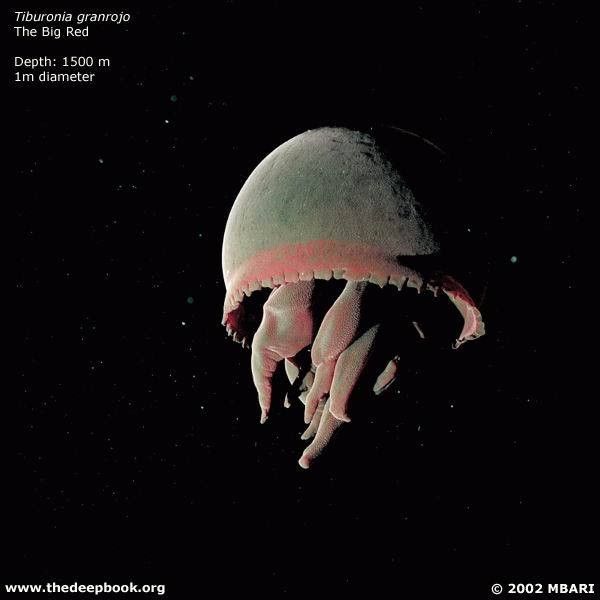
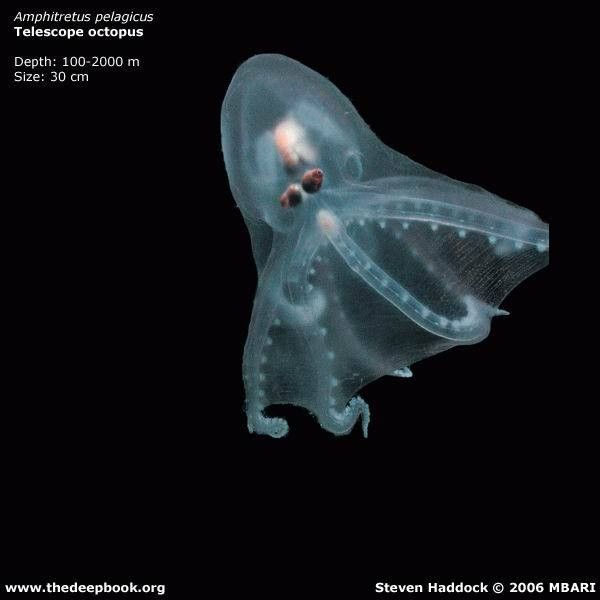

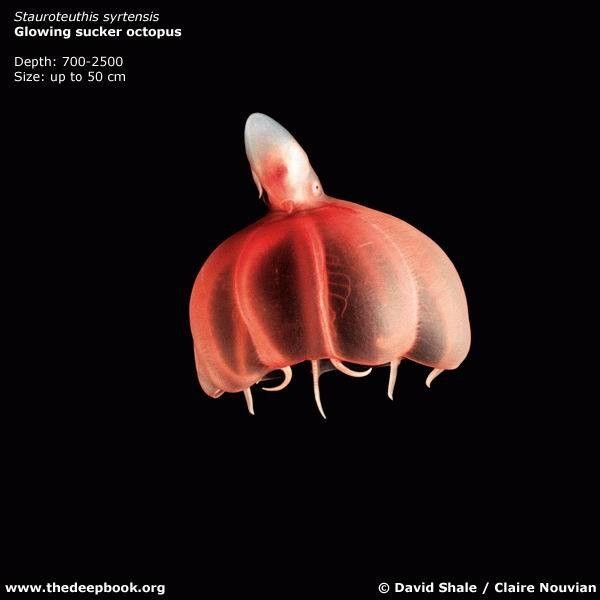
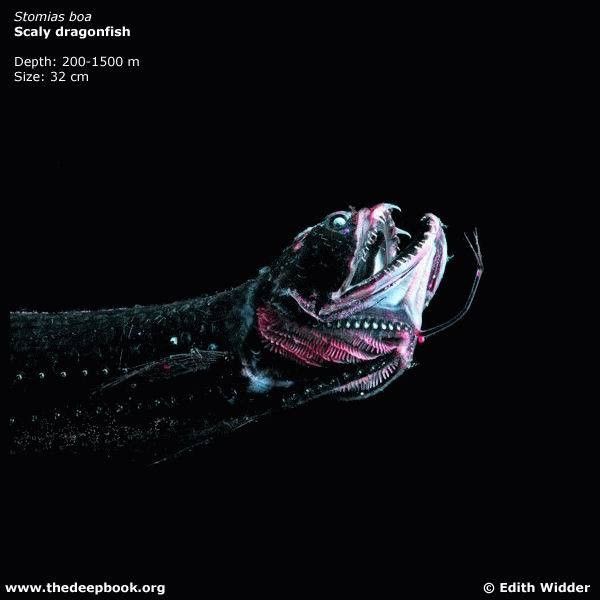
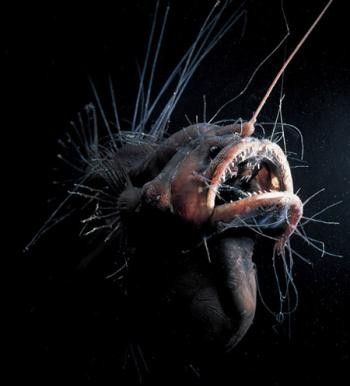


Comments
When commenting on, remember that the content and tone of your message can hurt the feelings of real people, show respect and tolerance to your interlocutors even if you do not share their opinion, your behavior in the conditions of freedom of expression and anonymity provided by the Internet, changes Not only virtual, but also the real world. All comments are hidden from the index, spam is controlled.